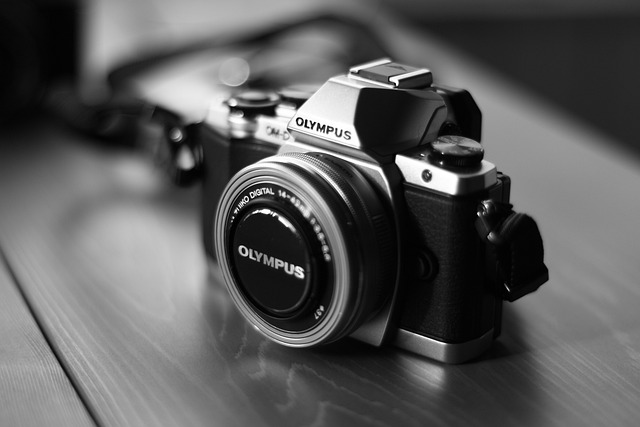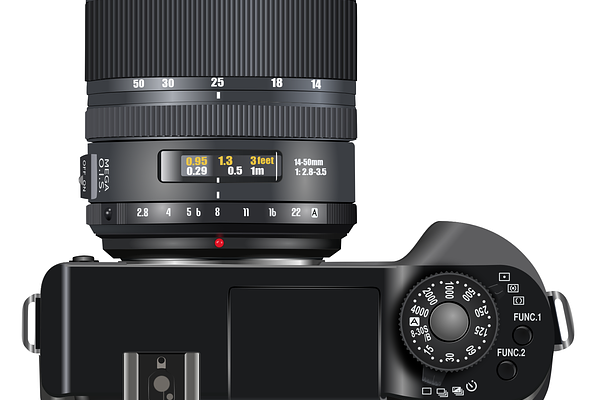Introduction:
Pan-Tilt-Zoom (PTZ) cameras are ubiquitous in various fields, ranging from surveillance and security to cinematography and robotics. The ability to adjust pan, tilt, and zoom parameters provides flexibility in capturing scenes from different angles and distances. However, to ensure accurate and reliable performance, PTZ cameras require precise calibration. In this article, we delve into an optimization-based vision calibration method tailored for PTZ systems, elucidating its significance and benefits.
Table of contents PTZ Systems
Understanding Vision Calibration:
Vision calibration involves aligning the camera’s imaging plane with the real-world coordinates to accurately interpret visual data. In PTZ systems, calibration encompasses determining intrinsic parameters (focal length, principal point, etc.) and extrinsic parameters (position and orientation in 3D space). Calibration errors can lead to distortions, inaccuracies, and misinterpretations in captured images or videos, compromising the system’s effectiveness.

Challenges in PTZ Calibration:
PTZ cameras pose unique challenges in calibration due to their dynamic nature. Unlike fixed cameras, PTZ cameras can vary their field of view, making traditional calibration methods inadequate. Additionally, mechanical imperfections, lens distortions, and environmental factors further exacerbate the calibration process, necessitating sophisticated techniques to achieve optimal results.
Optimization-Based Approach:
The optimization-based vision calibration method leverages mathematical optimization algorithms to iteratively refine calibration parameters until an optimal solution is reached. This approach involves capturing calibration images of a known calibration pattern from different PTZ configurations and minimizing the reprojection error between the observed image points and their corresponding 3D world coordinates.
Key Components of Optimization-Based Calibration:
a. Calibration Pattern: A well-designed calibration pattern, such as a checkerboard or grid, serves as the reference for estimating camera parameters. The pattern should feature sufficient spatial variability and be easily detectable in captured images.
b. Parameter Initialization: The optimization process begins with initial estimates of camera parameters, obtained through rough calibration or manufacturer specifications.
c. Objective Function: The objective function quantifies the disparity between observed image points and their projected counterparts in the 3D world. Minimizing this function drives the calibration towards convergence.
d. Optimization Algorithm: Various optimization algorithms, including Liebenberg-Marquardt, Gauss-Newton, or gradient descent, are employed to iteratively adjust calibration parameters and minimize the objective function.
Advantages of Optimization-Based Calibration:
a. Flexibility: The iterative nature of optimization allows for adaptability to varying PTZ configurations, accommodating changes in pan, tilt, and zoom levels.
b. Accuracy: By minimizing reprojection errors, optimization-based calibration enhances the accuracy of PTZ systems, ensuring precise spatial correspondence between captured images and real-world coordinates.
c. Robustness: This method can mitigate the effects of lens distortions, mechanical misalignments, and environmental factors, leading to robust calibration results even in challenging conditions.

d. Efficiency: Automation and computational efficiency inherent in optimization algorithms expedite the calibration process, reducing manual intervention and time requirements.
Characteristics of PTZ Cameras: Revolutionizing Surveillance and Beyond
In the realm of surveillance technology, PTZ (Pan-Tilt-Zoom) cameras stand as an embodiment of versatility and efficiency. These cameras are renowned for their ability to pan, tilt, and zoom, offering a comprehensive view of the surroundings with remarkable precision and control. From enhancing security measures to facilitating remote monitoring in various sectors, PTZ cameras have become indispensable tools in today’s surveillance landscape. Let’s delve into the characteristics that define these cutting-edge devices and their myriad applications.
1. Pan, Tilt, Zoom Capabilities
At the core of PTZ cameras lie their pan, tilt, and zoom functionalities. The pan feature enables the camera to rotate horizontally, covering a wide area effectively. Tilt allows vertical movement, enabling the camera to capture images from different angles. Meanwhile, zoom capabilities facilitate close-up views of distant objects without compromising image quality. This trifecta of movements empowers users to monitor expansive areas with unparalleled flexibility, making PTZ cameras ideal for surveillance applications in large spaces such as airports, stadiums, and industrial facilities.
2. Remote Control and Preset Positions
One of the standout features of PTZ cameras is their remote controllability. Users can manipulate the camera’s movements and zoom levels remotely, either through dedicated control panels or software interfaces. Moreover, PTZ cameras often support preset positions, allowing users to program specific viewpoints for quick and seamless navigation. This functionality proves invaluable in scenarios where real-time response is critical, enabling operators to swiftly focus on predefined areas or track moving subjects with precision.
3. High Definition Imaging
Advancements in imaging technology have endowed PTZ cameras with the capability to capture high-definition (HD) video footage. Many PTZ cameras boast resolutions ranging from 1080p to 4K, ensuring crisp and detailed imagery for accurate identification and analysis. This enhanced image quality is particularly beneficial in applications where facial recognition, license plate reading, or object detection are paramount, such as law enforcement, border control, and traffic management.
4. Intelligent Features
Modern PTZ cameras often integrate intelligent features that augment their surveillance capabilities. These may include motion detection, facial recognition, and object tracking functionalities, among others. Motion detection algorithms can trigger the camera to pan, tilt, or zoom in response to detected movement, while facial recognition technology enables the identification and tracking of individuals
5. Weatherproof and Robust Design
PTZ cameras designed for outdoor deployment are typically built to withstand harsh environmental conditions. They are often encased in weatherproof housings, fortified with rugged materials to endure extreme temperatures, moisture, and physical impacts. This durability ensures reliable performance in outdoor settings, making PTZ cameras suitable for perimeter security, traffic monitoring, and other outdoor surveillance applications where resilience is paramount.
6. Integration and Compatibility
Interoperability is another key characteristic of PTZ cameras, as they are designed to seamlessly integrate with existing surveillance systems and protocols. Whether deployed as standalone units or as part of a comprehensive surveillance network, PTZ cameras can interface with various control systems, video management software (VMS), and networking protocols, enabling seamless communication and interoperability with other surveillance devices such as IP cameras, NVRs (Network Video Recorders), and access control systems.
Conclusion:
Optimization-based vision calibration represents a significant advancement in enhancing the precision and reliability of PTZ camera systems. By leveraging mathematical optimization techniques, this method addresses the dynamic nature of PTZ cameras
